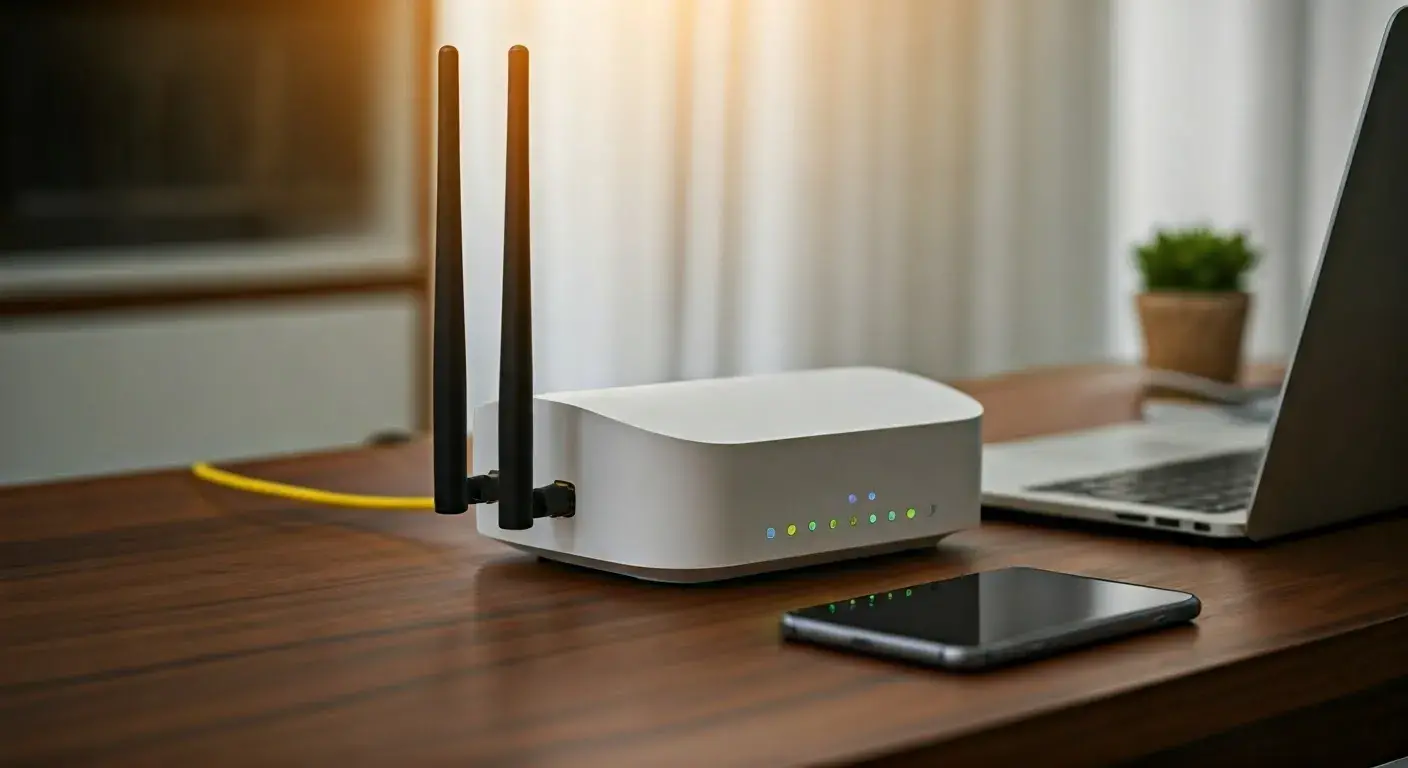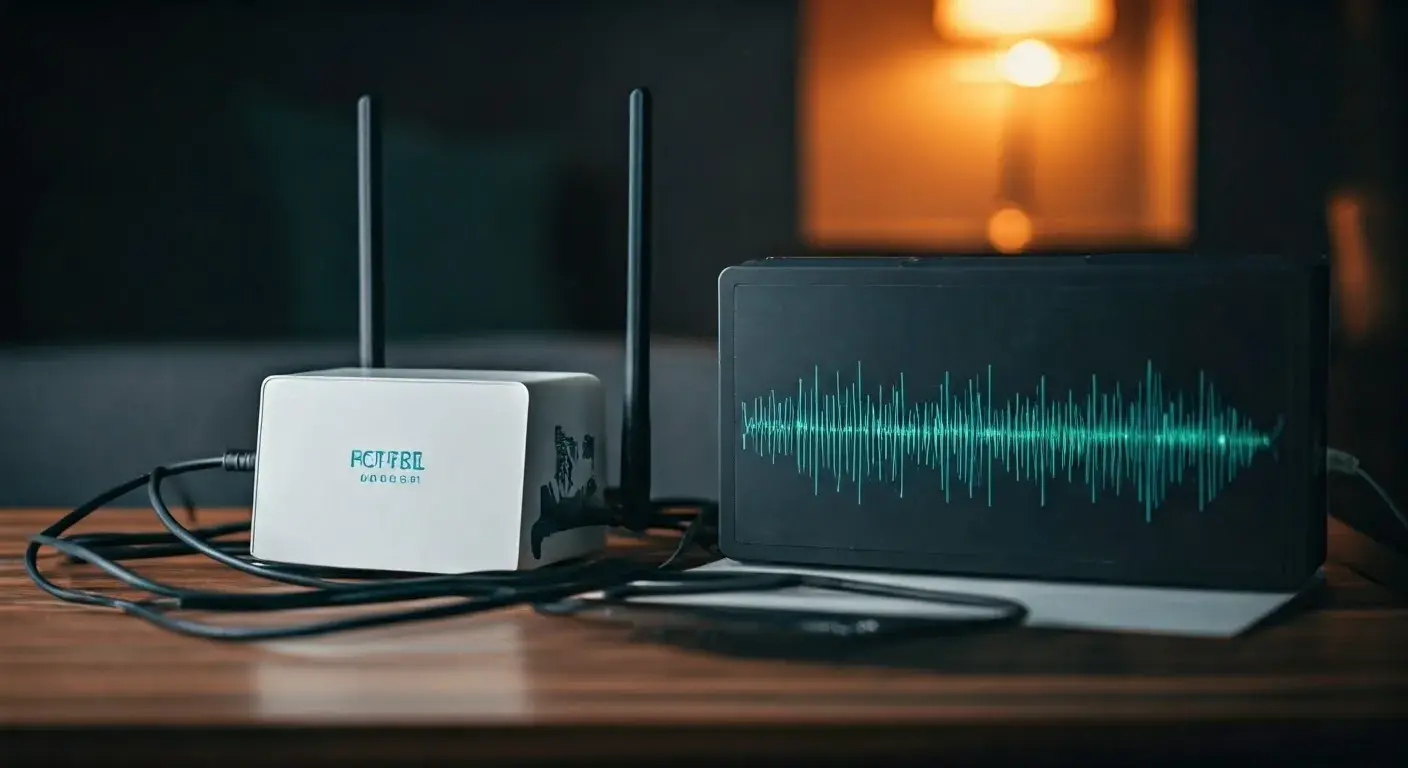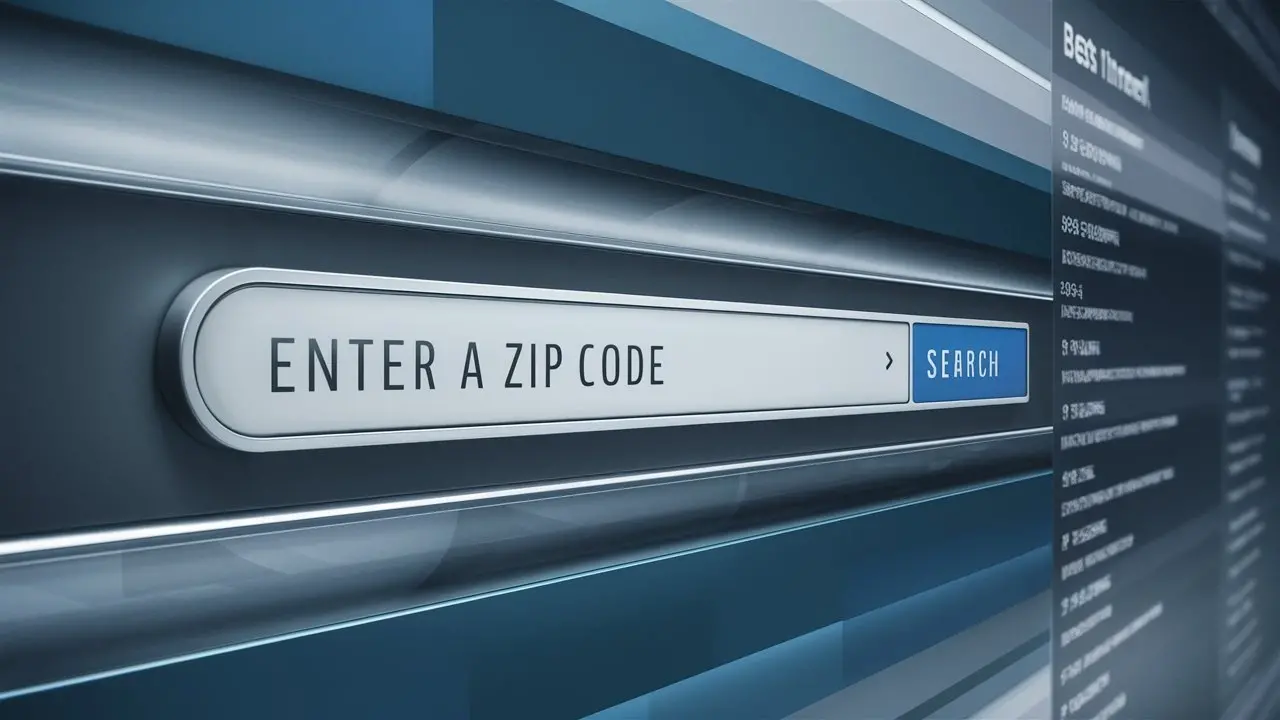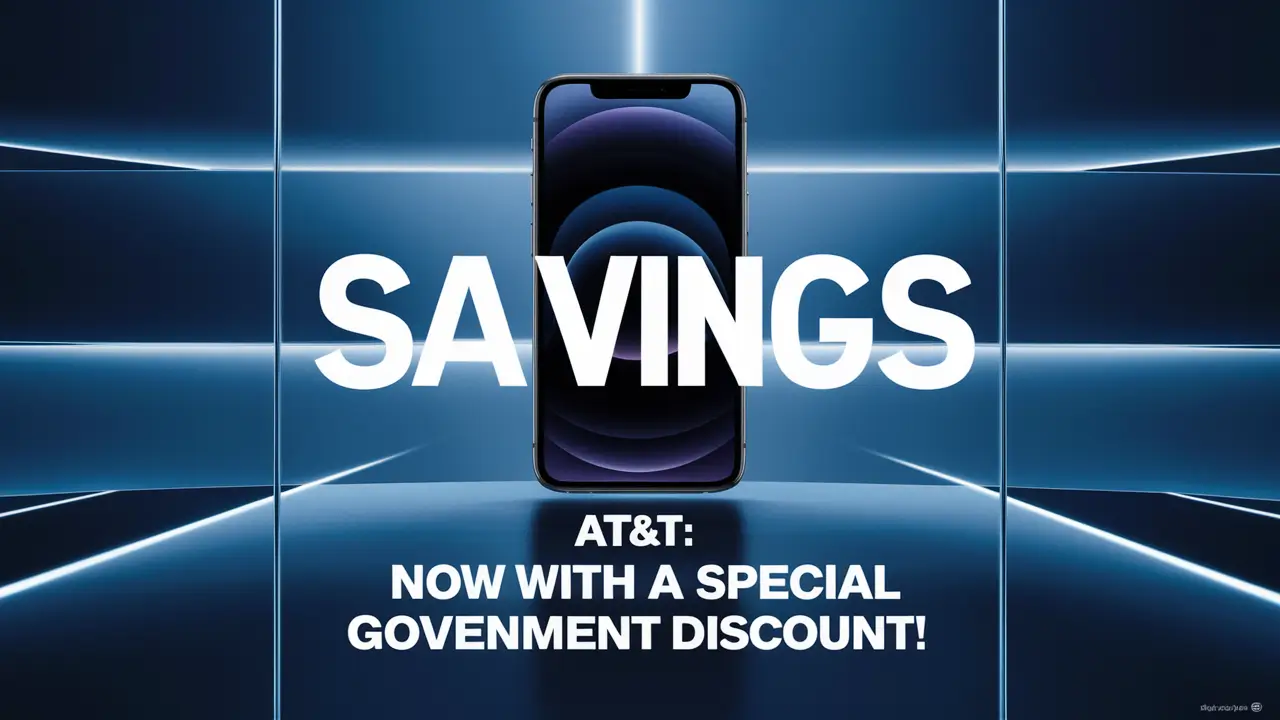How do you tell if your data is being throttled?
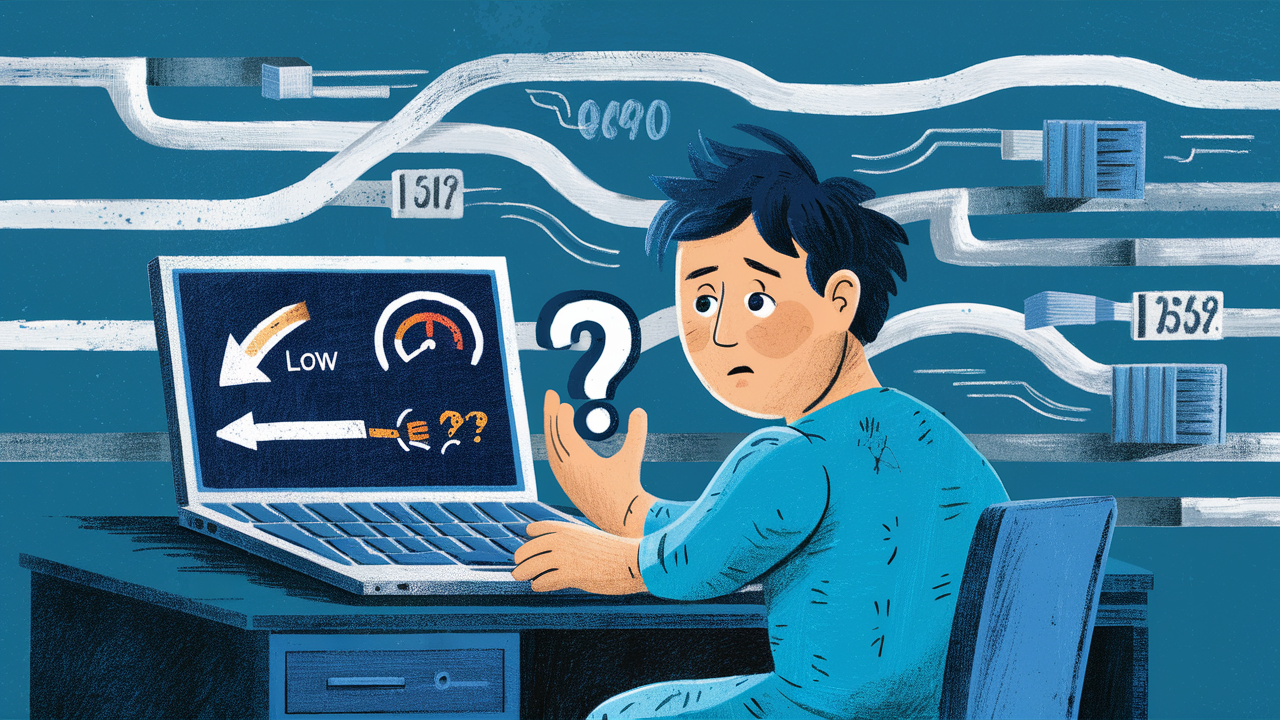
As the use of handheld devices with data connections grows and data plans become cheaper, many consumers ask themselves if their carrier deliberately overloads or ‘throttles’ their speeds. Another practice related to data management is that carriers may intentionally slow down the speed at which a device is allowed to transfer data, especially during high-traffic periods. This leads to the slow loading of pages and videos, and the application's failure to update as supposed to be. Luckily, there are several tell-tale signs that you can look out for to be sure your data is being throttled.
Slow Speeds
The first sign that throttling is taking place is when one experiences a drastic and lasting decrease in the amount of data usage and the speeds at which these are delivered. A good example is always to run a speed test app and focus on its results, not once, but over one or many days. If you hardly gain 1 Mbps downstream when you are used to speeds of 5-10 Mbps or more, throttling could be happening. The issue of low speeds that remains constant and is especially more evident when more people are online is a clear sign of data throttling.
This is because most of the vehicles do not attain the advertised speeds upon purchase as this is evident from the information provided above.
Check the speeds that your carrier has stated for your plan, which may also be referred to as the “up to” speeds. If your device is unable to connect for more than 60 percent to 40 percent of the stated maximum connectivity, it means your data is likely to be throttled. Of course, there are always variations in speeds, but why does it constantly underperform, hinting at throttling? Also, compare the speed and performance with other units while in different cell towers in your locality to be certain that it is not a specific tower problem.
Performance Issues When Approaching Limits To Data
Most of the carriers come with hard data limits, where in case you exceed the limit, you are charged for going to the next level or receive a very slow connection. Become conscious of your monthly data usage and be careful once you start to experience a decline in your speeds, indicating that you are nearing your monthly allowance. In case all moves to a halt once you approach the cap instead of charge increments, then look at the speed reduction. If you consistently see performance issues as you approach your allotted data usage, this provides a good deal of proof that throttling is occurring.
Congested Towers vs Throttling
Network congestion and flow throttling are two different things that are often mistaken for one another. When smart devices are many, in a given area, and they demand the available bandwidth, the overall speeds reduce for all. If speeds decrease uniformly across the towers or locations then it is probably due to throttling. It affects random towers and is better when capacity is no longer a concern. The throttling continues regardless of tower or time – and that is the issue.
Using Monitoring Apps
Linking up with apps that track the connectivity of your device helps identify any throttling that might be present. Some of these include NetMonitor, Glasnost, and Wehe because they help you check on your traffic, test speeds, and possibly identify throttling. They search for a limited speed according to the content or utilization ratio. These apps affirm whether throttling happens for all the towers and at all times or only in some specific moments that normally signal congestion.
Contact Carrier Support
If you suspect that the speeds are being throttled by your carrier, then it is prudent to get answers from carrier support before the new billing cycle begins. Let them know that you want them to check your account for such activities and any evidence of throttling. Make sure to support your complaint of unreasonable low speeds with instances and places where it happened. See if they have implemented throttling based on excessive use on their end. Check whether you need to change your data plan to get your speeds restored to the normal magnitude.
Switch Carriers
In a worst-case scenario where your carrier has no other option but to continue throttling even with an adequate plan, you should switch carriers. However, when transferring data to the new carrier, as mentioned earlier, investigate their data management policies. All carriers have the right to control and limit the speeds as stipulated in their terms and conditions. However, some network management practices are less reasonable than others, especially as regards the data speeds.
In a way, data throttling allows carriers to have a tool for congestion control, and at the same time, achieve higher margins. However, consistently restricting the speed although most users have not been using high levels of bandwidth is poor internet service delivery to the clients. Keep an eye on the way that your mobile data is performing, use speed testing tools, and always contest your carrier to check if throttling happens and if there are ways to revert the situation.
Upgrade to faster, more reliable AT&T Fiber Internet today! Call us at +1 844-905-5002 and get connected with speeds that keep you ahead.
